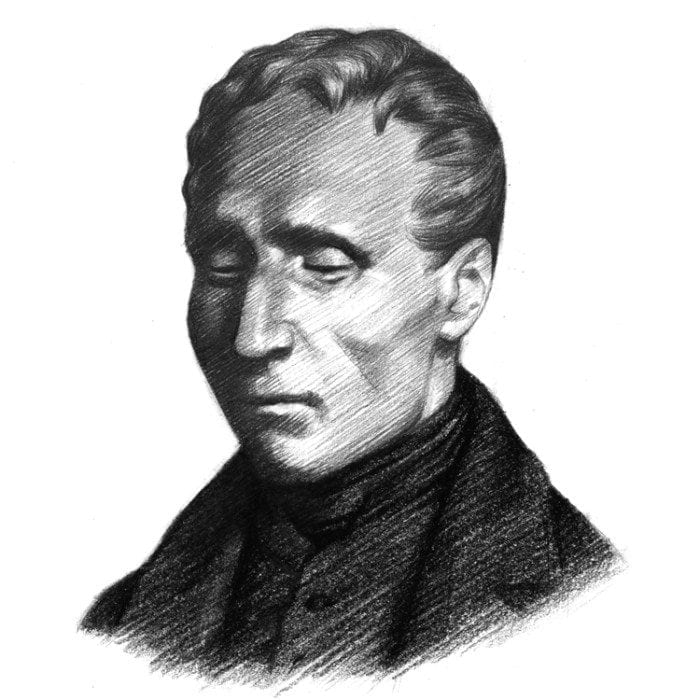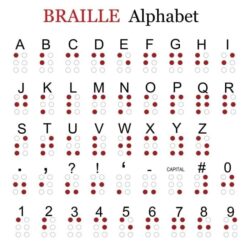10 Interesting Facts for World Braille Day
World Braille Day
We just celebrated World Braille Day on January 4th but here, we celebrate braille year-round! The invention of braille greatly improved the human rights of people with blindness. Braille documents allow people with blindness to remain independent and not rely on sighted people to interpret plain text writing for them. Reading personal information, like bank statements and healthcare forms, keep their information confidential.
Facts About Braille
- World Braille Day was created to commemorate Louis Braille and his cont
 ribution to the world. He created braille as a means of communication for people who are blind. Mr. Braille was born in France on January 4, 1809, and lost his sight after an accident when he was a child.
ribution to the world. He created braille as a means of communication for people who are blind. Mr. Braille was born in France on January 4, 1809, and lost his sight after an accident when he was a child. - Louis Braille developed the fingertip reading system known as braille after Charles Barbier visited Louis’s School for the Blind. Charles Barbier was a captain in Napoleon’s army, and he shared a communication code called Night Writing with the students. Louis was ten years old when he met Charles, but by age 15, with his new communication system, Louis had forever changed the lives of people who are blind.
- Braille is not its own language but rather a code that can be used in many languages. Writers use different grades of braille depending on preference. Grade 1 braille is typically the starting point for braille readers. It includes the 26 letters in the English alphabet as well as numbers, punctuation, and more. Grade 2 includes contractions of letters and words. Some writers use shorthand braille, Grade 3, in notes and personal letters.
- In January 2016, the standard for English braille changed. Members of the Braille Authority of North America (BANA) voted for Unified English Braille (UEB) to replace the former system, English Braille American Edition (EBAE). This change resulted in English-speaking countries all using the same version of braille. Before UEB, the United States’ version of braille was different than the one used in the United Kingdom. UEB even has extra characters to let readers know where the emphasis (capitalization, bold, underlining, etc.) goes.

- Braille used for math and science is different than braille used for writing the alphabet. Nemeth is the name of one system for writing math and science in braille.
- Sheet music also has its own version of braille. Instead of letters, the dots represent parts of music.
- In braille, 6 dots make up a cell. There are 64 braille cell combinations, including an empty cell.
- Braille cells are roughly the same size as 29pt Arial font. That means when standard print material is transcribed to braille, it takes up nearly three times more pages.
- The World Braille Union (WBU) collaborated with the World Intellectual Property Organization (WIPO), resulting in a treaty. Together with other concerned organizations, they created the Marrakesh Treaty to remove barriers to transcribing intellectual property into braille. The WIPO adopted the Marrakesh Treaty in 2013. However, United States officials must take more action to ensure the treaty’s ratification.
- The United Nations General Assembly declared World Braille Day an international day in late 2018, and the first celebration was on January 4, 2019. Braille has a day designated to it because of the impact it has had on human rights for people with blindness. However, many people celebrated World Braille Day before the United Nations recognized it.
As you can see, braille is far from boring. This tactile reading and writing system provides the opportunity for literacy to millions of people around the world. Because of that, we celebrate braille.


